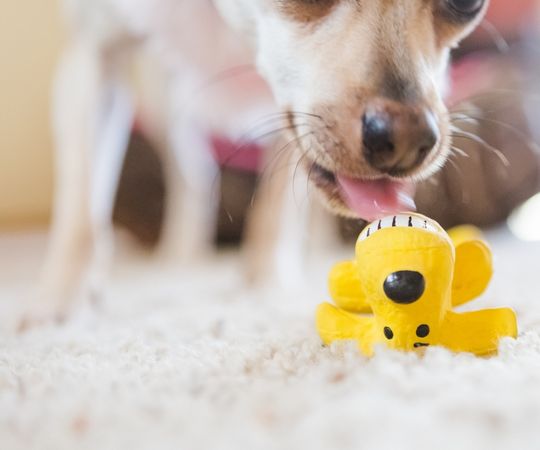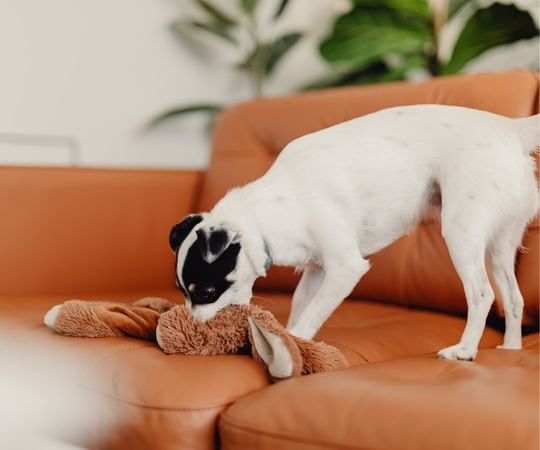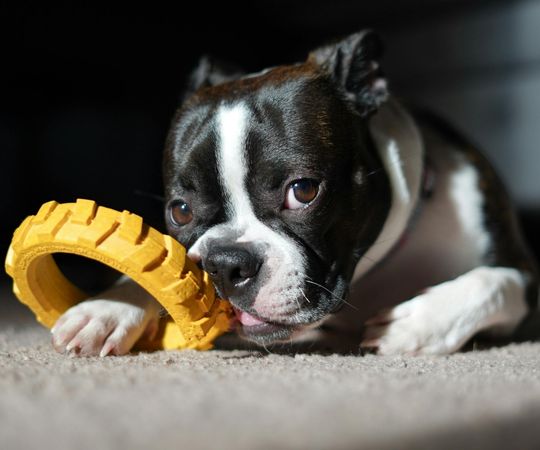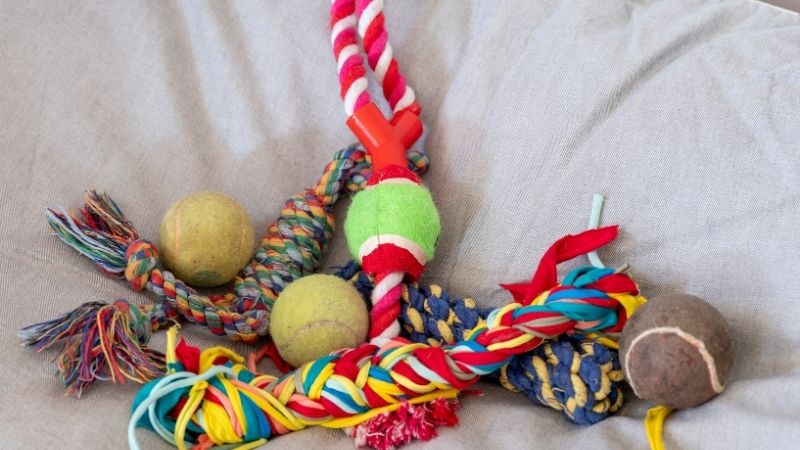
If you’ve ever bought your dog a new, exciting toy, only to see them turn up their nose and trot off with their old, ragged stuffed bear, you’ve witnessed a clear display of preference. That tattered, well-loved toy holds a special place in your dog’s heart—and there’s a fascinating reason why.
Understanding the bond between a dog and their favorite toy does more than satisfy our curiosity; it helps us provide them with better mental stimulation, physical exercise, and overall happiness. This article will explore the science and emotion behind your dog’s toy choices, helping you understand what makes that specific ball or chewy so special.
Quick Answer: Do Dogs Have Favorite Toys?
Yes, absolutely! If you’ve ever seen your dog ignore a basket of new toys to dig out that one ragged, chewed-up stuffed animal, you have your answer. Canines very clearly form strong preferences for certain toys. This isn’t just a random choice; it’s a decision rooted in their instincts, personality, and the happy memories they associate with that specific toy. Understanding why your dog has a favorite dog toy can help you strengthen your bond and provide them with even more enriching playtime.
Why Dogs Form Toy Preferences
A dog’s love for a particular toy goes much deeper than simple chance. It’s a mix of their natural instincts and their emotional connection to the object.
Instinct
First, let’s talk about instinct. Before they were our lovely companions, dogs were hunters. Many of their toy preferences are a safe way to act out these ancient behaviors.
- The Prey Drive: Does your dog go crazy for a toy that squeaks? That high-pitched sound is very similar to the noise a small animal makes. For breeds like Terriers or Herding dogs, pouncing on a squeaky toy satisfies their deep-rooted instinct to hunt.
- The Carry and Retrieve: Retrievers are famous for this. Carrying a soft toy or a ball back to you mirrors the instinct to bring caught prey back to the “den” for the family.
- The Shake and Kill: When your dog grabs a toy and shakes its head violently, it’s acting out the final step of the hunt. This “killing shake” is a powerful instinct, and toys that are good for gripping and shaking are often big favorites.
Emotional Connection
Second, there’s the emotional connection. Dogs are emotional creatures, and their toys can provide comfort and joy.
- A Security Blanket: That soft, plush toy your dog carries to bed and gently suckles on? That’s a comfort object. It’s soft, it’s familiar, and it smells like home. This is especially common in puppies or anxious dogs.
- A Symbol of Fun: A toy that is used for your dog’s favorite game, like fetch or tug, becomes a symbol of happiness and interaction with you. The toy itself is a promise of a good time and your undivided attention.
- Your Scent: Dogs experience the world through their noses. A toy that you’ve handled often carries your scent, which is the most comforting smell in the world to your dog. This makes the toy inherently more valuable to them.
Types of Toys Dogs Commonly Prefer
While every dog is an individual, most toy preferences fall into a few common categories. You can often guess what your dog might like based on their breed and personality.
Chew Toys
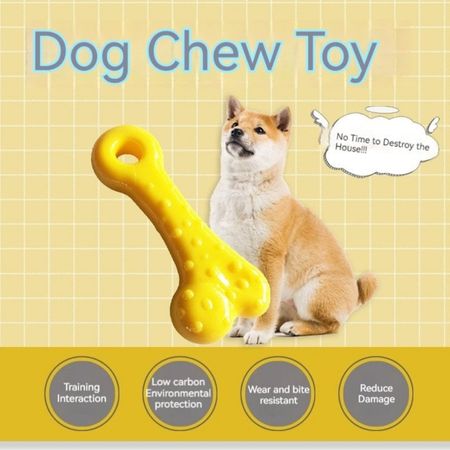
Dogs have a natural need to chew. It keeps their jaws strong, cleans their teeth, and can relieve boredom and anxiety. A durable chew toy, like one made from tough rubber or nylon, is a must-have for many dogs. Typical examples include Heou’s toys, which can be stuffed with treats or sturdy rubber bones. For powerful chewers, a long-lasting favorite chew toy can be the difference between a peaceful evening and a destroyed shoe.
Plush & Squeaky Toys
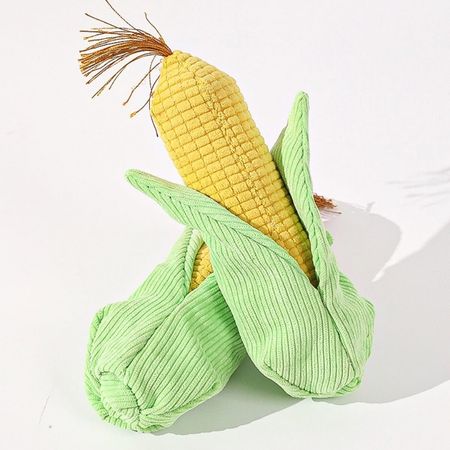
As mentioned before, these toys are the ultimate prey simulators. The soft, furry texture and the high-pitched squeak trigger a dog’s hunting instincts. While they often don’t last long with enthusiastic dogs, they are frequently a top choice for playtime. Many dogs will spend hours “killing” their squeaky plush toy, and some will even carry it around proudly as a trophy. Given this intense play, pet owners should pay special attention to the durability of these toys. For gentle dogs, a plush toy can simply be a soft companion.
Tug Toys
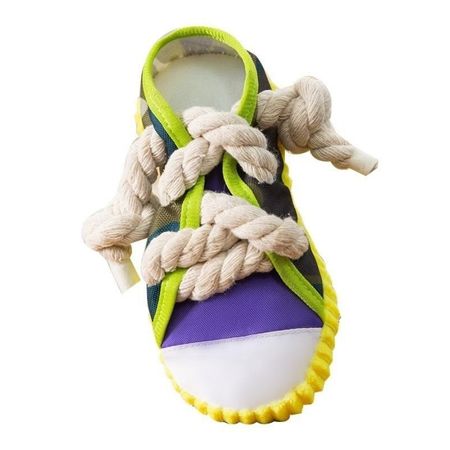
Tug-of-war is a classic game of strength and trust between a dog and their pet parent. Tug toys, often made of rope, rubber, or sturdy fabric, are designed for this interactive play. They satisfy a dog’s urge to pull and hold on, and the game itself is a great way to burn energy and reinforce obedience commands like “drop it.” A strong, well-made tug toy is often a favorite for high-energy, strong-jawed breeds.
Fetch Toys
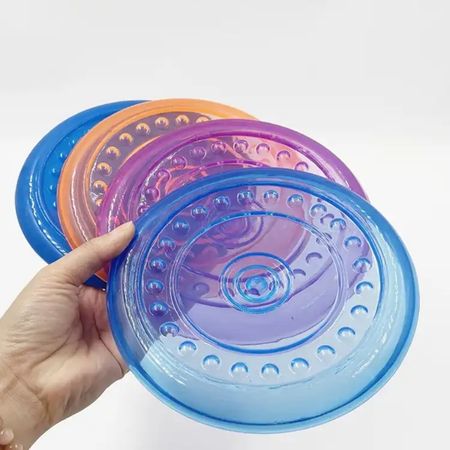
For the dog who never tires of chasing, fetch toys are the clear winner. This category includes everything from classic tennis balls to rubber balls, frisbees, and even long throwers for sticks. The joy for these dogs is in the chase and the return. A reliable, bouncy ball that you use every day at the park will quickly become their most treasured possession.
Food Puzzles & Slow Feeders
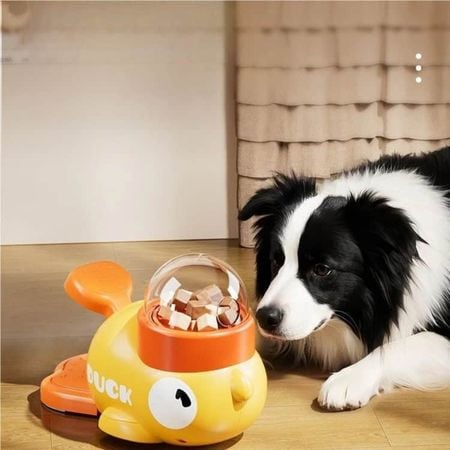
These aren’t toys in the traditional sense, but for food-motivated dogs, they are the best thing ever! Food puzzle toys challenge your dog to solve a problem to get a treat. This provides mental stimulation, which can be just as tiring as physical exercise. Watching your dog nudge, roll, and lick a puzzle toy to get the kibble inside shows you how focused and engaged they can be. A favorite toy for them might be the one that delivers the tastiest rewards.
Water or Scent Toys
Some dogs have very specific passions. Water-loving breeds like Labradors may have a favorite floating toy for the lake or pool. Scent hounds, like Beagles, might prefer toys that can be used for scent-tracking games, where you hide them and let your dog find them using their nose.
How To Identify Your Dog’s Favorite Toy
You don’t need to be a dog expert to figure out which toy your dog loves the most. Just watch their behavior. Here are the clearest signs:
- The “Go-To” Toy: This is the toy they bring you when they want to play. If you have a basket of toys and they consistently dig out the same ragged blue dinosaur to drop at your feet, that’s the one.
- The One They Search For: Try hiding a few different toys around the room. Which one do they actively seek out first? The one they spend the most energy looking for is likely their favorite.
- The Prized Possession: A favorite toy is often guarded or cherished. Your dog might carry it from room to room, sleep with it, or give a low growl if another dog comes near it (this is called resource guarding and should be managed carefully).
- The Zoomies Trigger: Pay attention to what happens when you pick up a specific toy. Does one toy in particular cause them to explode with excitement, bark, and run in circles? That’s a powerful favorite.
How to Choose the Right Toy
Selecting a toy that will become a new favorite isn’t just about picking the cutest one off the shelf. You need to think about what’s safe and appropriate for your specific dog.
Age Considerations
- Puppies: Puppies are teething and exploring the world with their mouths. They need soft, chewable toys that are gentle on their gums. Look for toys designed specifically for teething puppies. Because they are still learning, supervision is key to ensure they don’t chew off and swallow any pieces.
- Adult Dogs: Adult dogs have their full strength and established personalities. This is when you can explore all the different toy types based on their energy level and instincts. Durable rubber toys, tough fetch balls, and interactive puzzles are all great options.
- Senior Dogs: Older dogs may have weaker jaws, dental issues, or lower energy. They often prefer softer toys that are easy to carry or simple puzzles that provide gentle mental stimulation without requiring much physical effort.
Breed & Size Considerations
- Size: The toy must be the right size for your dog. A toy that is too small can be a choking hazard for a large dog, while a toy that is too big will be frustrating for a small dog. A good rule of thumb is to choose a toy that cannot be swallowed whole.
- Breed Instincts: Consider what your dog was originally bred to do. A Border Collie or Australian Shepherd might instinctively love a frisbee (a substitute for herding). A Labrador Retriever will likely be obsessed with a ball or a water toy. A Jack Russell Terrier will probably enjoy a small, squeaky toy they can “hunt.”
Health Considerations
- Dental Health: If your dog has dental problems, avoid hard plastic or nylon bones that could crack a tooth. Softer rubber or fabric toys are a safer bet.
- Diet & Weight: For dogs that need to lose weight or are on a strict diet, food puzzle toys can be a lifesaver. They allow you to provide their regular kibble in a way that slows down eating and provides mental satisfaction without extra calories.
- Physical Limitations: For dogs with arthritis or joint pain, choose toys that encourage gentle play without a lot of jumping or running. A simple cuddle toy or a gentle rolling puzzle ball would be perfect.
FAQs
How many toys should I give my dog at once?
While it’s great to have a variety, it’s best to rotate 3-5 toys at a time. This keeps the toys feeling novel and interesting for your dog, which can prevent boredom. Storing the rest and swapping them out every few weeks will make old toys feel new again and help maintain their engagement.
Is it safe for my dog to sleep with their favorite toy?
Generally, yes, and it can be a great source of comfort! However, safety is key. Only allow this if the toy is intact with no choking hazards like loose parts, ripped fabric, or accessible stuffing. For dogs that are aggressive chewers, it’s safer to remove the toy once they fall asleep or provide a specific, sturdy comfort toy meant for cuddling, not chewing.
My dog doesn’t seem to play with any toys. What should I do?
Some dogs are less toy-motivated, but it’s often about finding the right type. Try high-value alternatives like a food puzzle toy or a treat-dispensing ball. You can also try rubbing a toy with a little bit of peanut butter to spark interest, or using a toy exclusively for interactive games like tug-of-war to build a positive association. However, if a sudden loss of interest in toys is accompanied by other changes in behavior or appetite, it’s a good idea to consult your veterinarian to rule out any underlying health issues.
Conclusion
In the end, finding your dog’s favorite toy is a fun journey of discovery. By paying attention to their instincts and their unique personality, you can choose toys that will not only become their cherished favorites but also keep them happy, healthy, and deeply bonded to you. So, next time you see them lovingly carry that tattered, slobber-covered toy, you’ll know it’s so much more than just a toy—it’s a source of comfort, joy, and instinctual satisfaction.

